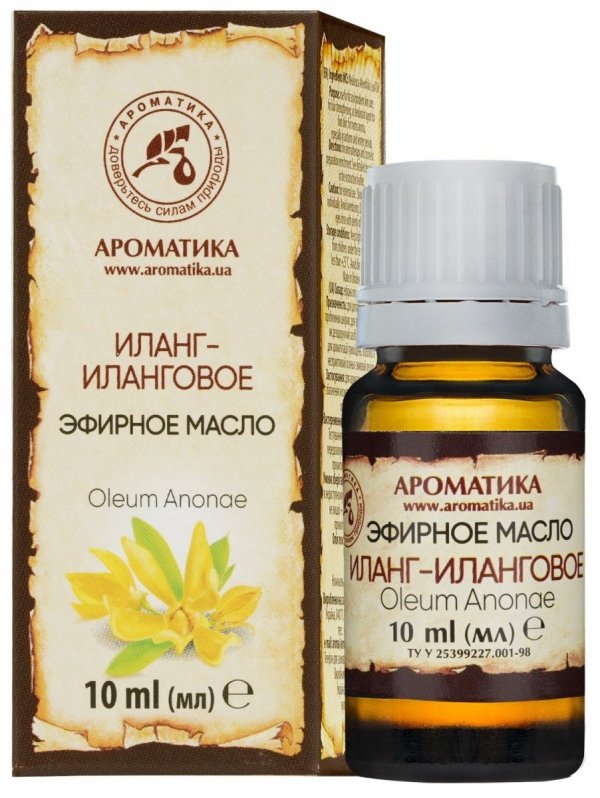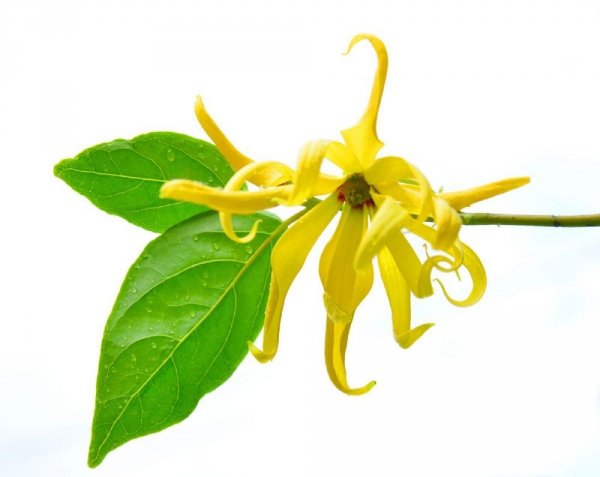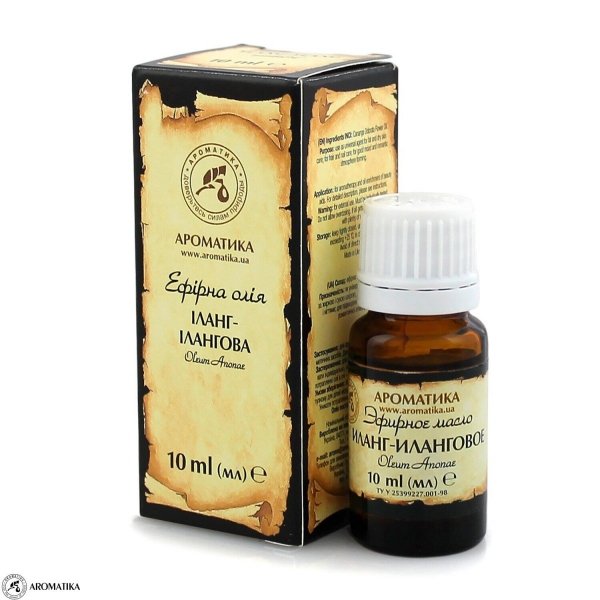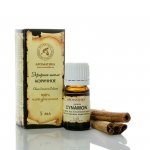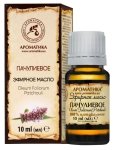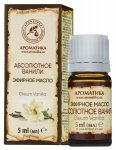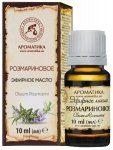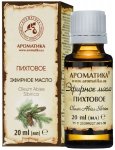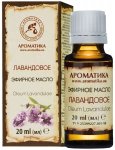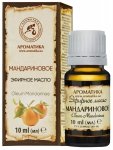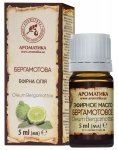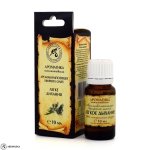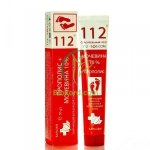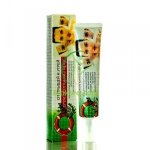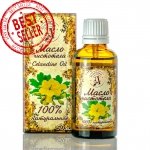-
Załączniki bezpieczeństwa
Załczniki do produktuZałączniki dotyczące bezpieczeństwa produktu zawierają informacje o opakowaniu produktu i mogą dostarczać kluczowych informacji dotyczących bezpieczeństwa konkretnego produktu
-
Informacje o producencie
Informacje o producencieInformacje dotyczące produktu obejmują adres i powiązane dane producenta produktu.Aromatika
-
Osoba odpowiedzialna w UE
Osoba odpowiedzialna w UEPodmiot gospodarczy z siedzibą w UE zapewniający zgodność produktu z wymaganymi przepisami.
Ylang Ylang Essential Oil, Aromatika 100% Natural
Aroma: strong, pleasant, sweet, deep, warm, exotic, attracting, tender submitted by different combinations of flower, fruit, woody and medicinal smells with spicy Balsamshade.
Obtained by: ylang-ylang essential oil is obtained from flowers of woody plant of Canangium odoratum (Cananga odorata) of Annonaceae family by using method of steam distillation.
Characteristics: antidepressant, sedative; reduces reflex excitability and normalizes tone of central and autonomic nervous systems; anticonvulsive; antisclerotic; antiseptic, anti-inflammatory; hypotensive, activates coronary blood flow, reduces breathing and heartbeat rates; harmonizes endocrine glands function, increases sexual glands activity, strong erotic and sexual stimulant; rejuvenates, moistens and smoothes skin, eliminates delamination and fragility of nails, strengthenes hair, prevents hair fragility, has an deodorant properties.
Recommended for treatment:
asthenodepressive and asthenoneurotic syndromes, lack of self-confidence, anxiety, fears, anger, irritability; for memory improvement; in sleep disturbances; in headache; in spastic syndromes, epilepsy; vegeto-vascular dystonias of hypertensive and mixed types, essential hypertension; cardioneurosis, abnormalities of the heart rate (tachycardia, ciliary arrhythmia), stenocardia, myocardiodystrophy; catarrhal diseases, rhinitis, tonsillitis, highmoritis, sinusitis, pharyngitis, laryngitis; stomatitis; tracheitis, bronchitis, pneumonia, whooping cough, tachypnoe; for normalization woman’s menstrual cycle, in climacterical syndrome; to increase sexual activity, as sexual and erotic stimulant, in impotence and frigidity; in management of festering wounds, furuncles, carbuncles; to care of sensitive, inclined to inflammation, oily, mixed and porous skin; for elimination delamination and fragility of nails; for hair strengthening, to prevent hair’s fragility; for elimination redness and irritation of skin after sunbathing.
Origin of plant:
Philippine Islands.
Main areas:
plant is spread out on the islands of the Indian Ocean (Reunion, Molukka, Philippines, Madagascar, Sumatra, Java, Comoros), in Asia.
Properties of oil:
mobile yellow or pale yellow liquid with a strong characteristic flower smell with notes of jasmine, tuberose.
Blend with other oils:
bergamot oil, lemongrass oil, rose oil, greipfruitoil, petitgrein oil, patchouli oil, jasmine oil, cassiya oil, orange oil, lavender oil, lemon oil, melissa oil, neroli oil, santal oil, citronella oil.
Ways of using, dosage:
in baths and saunas: 3-5 drops per 500 ml of water, milk or other emulgator;
common massage, segmental: 4-7 drops per 10 ml of vegetable base oil;
vaporization in aroma lamp: 2-4 drops per
bandage: 4-7 drops per 5 ml of vegetable base oil;
cosmetics enrichment: 5-8 drops per
Caution:
Do not use during pregnancy, hypotonic, for children under 12 years, for dermatitis and inflammatory skin. High concentrations, especially in high sensitiveness to odour ofylang-ylang, can cause headache and sickness. To avoid such effect it’s recommended to add into ylang-ylang essential oil lemon essential oil at a rate 2:1.
Storage: essential oils are stored in tightly closed dark glass bottles in indoor temperature in place inaccessible to children. Protect from light.







